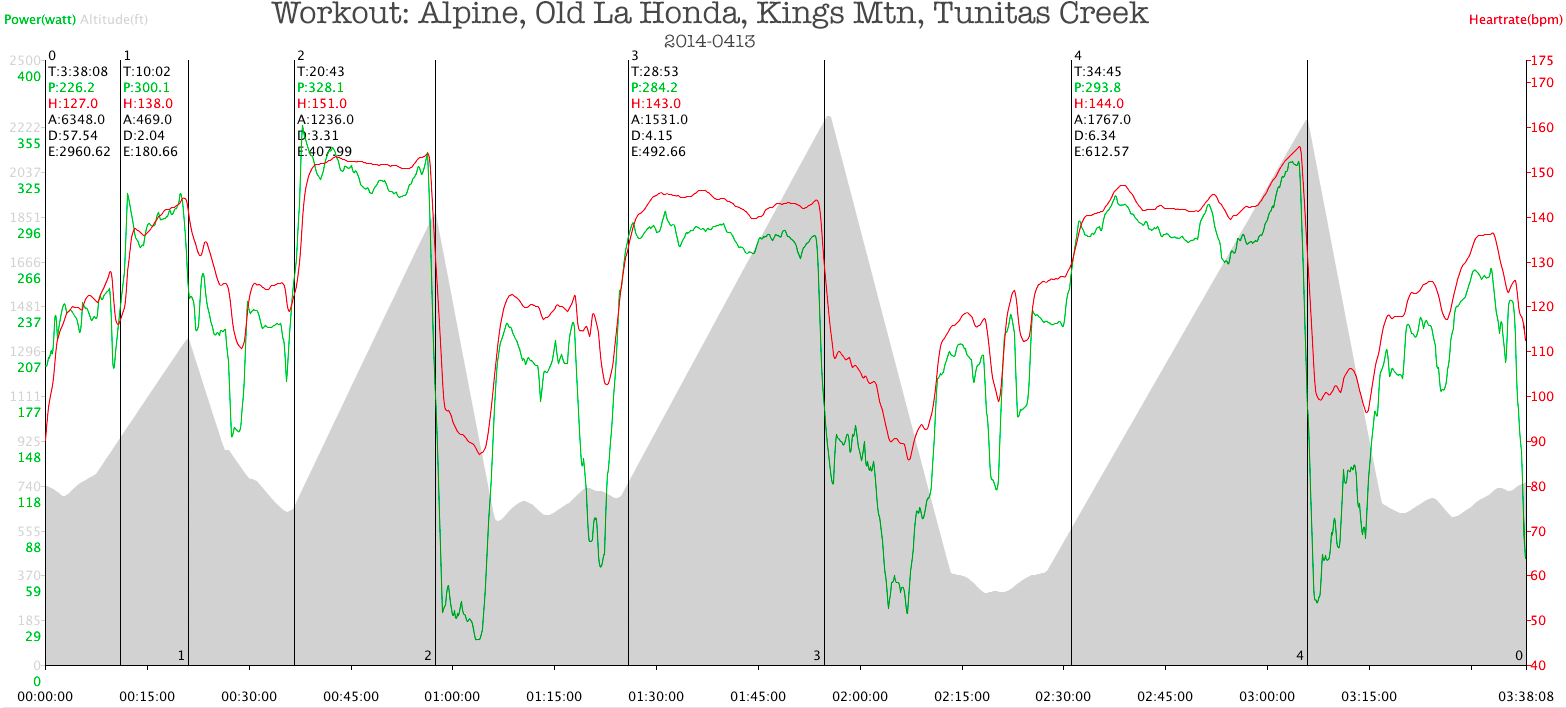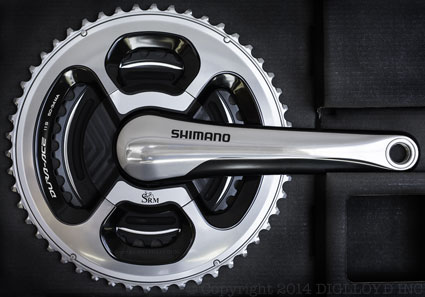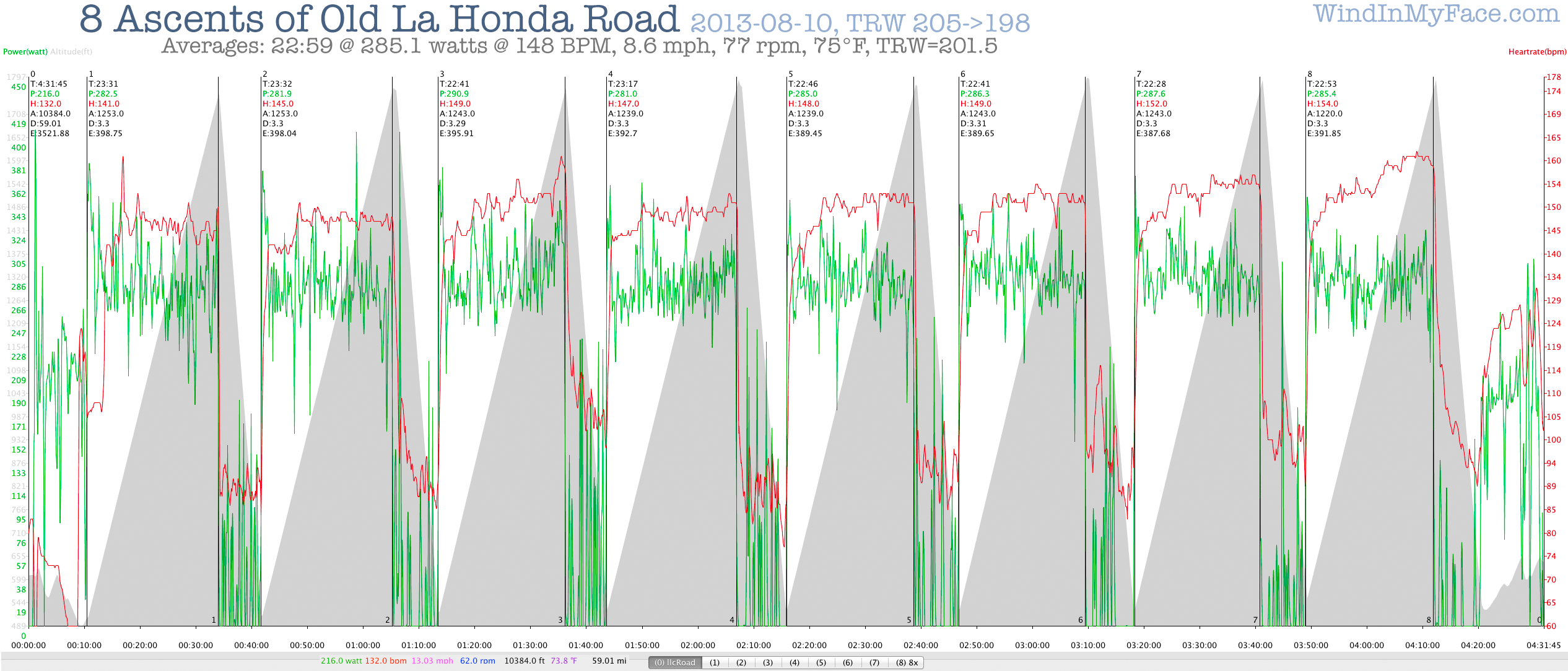Accuracy and Precision of a Power Meter
Accuracy and precision are two scientific concepts that should be understood when evaluating a power meter.
Accuracy = closeness of the average value to the true value.
Precision = closeness (consistency) of readings to one another, e.g., a tight grouping (which could be significantly different from the true value).
Accuracy of a power meter is not very important (assuming use of a single power meter), but precision over a range of conditions is quite important.
Accuracy and precision together are best of all.
It is your author’s finding (over years) that the SRM power meters are both highly accurate and highly precise over a wide range of conditions.
That is a key point: many power meters claim “2% accuracy” or similar, but fail to back that up with independent testing. Consider for example: temperature ranges of 32°F to 100°F, cadence from 60 to 110, power output from 100 to 1000 watts and all varying together—is the power meter really within 2% of the true value across those ranges?
Example — precise but not accurate
Bullseye analogy: a tight grouping of arrows off to the edge of the target.
Suppose that a power meter consistently reads to within 3 watts for the same time for repeated intervals; in this case it is highly precise.
For example, it might read 320 watts when the true value is 300 watts, but all its readings are 320 watts ±1.5 watts. Highly precise but not accurate.
Assuming use of just this one power meter, the times can be compared to one another because they are highly consistent (precise) for the same effort; the true value is not very important for effort-to-effort comparison, assuming that holds true over varying conditions and months of training.
(!) Example — accurate but not precise
Bullseye analogy: a scattered grouping of arrows whose average is dead center.
Suppose that a power meter produces readings varying by 20 watts for the same effort on repeated intervals, but on average those readings for 10 such intervals are exactly the right value; this power meter is accurate but not precise (it is imprecise, e.g., inconsistent).
For example, it might yield readings of 280/290/300/310/320 watts, with a true value of 300 watts. Since the average is 300 watts, it is highly accurate. But the readings vary substantially; it is not precise.
This power meter is problematic for training because the values it shows have too much error for comparing efforts over the same course/interval.
√ Example — precise and accurate
Bullseye analogy: a tight grouping of arrows very close to dead center.
Suppose that a power meter produces readings within 2 watts for the same effort (identical time) on repeated intervals.
For example, it might show readings of 298/299.5/300/301.5/302 for a true value of 300 watts. The range of readings is 298 to 302 watts with an average value of 300.0 watts and a true value of 300 watts. Hence it is highly accurate, and also precise to within 0.67% (±2 watts out of 300).
This power meter is ideal for repeated intervals, comparisons of the same workout across days and/or different workouts and/or comparing to other power meters.
Examples of where precision and accuracy matter
How good is the data?
Example 1 — different climbs
Consider the workout below for one day.
See Multi-Climb Workout (Spring 2014) for an analysis of this workout.
It might be repeated a week later or a month later, possibly on another bike with a different power meter. Moreover the conditions for each ascent vary (slope, effort level, temperature, cadence).
- A power meter that is precise (but inaccurate) can be used to fairly compare the different ascents assuming it is precise across the varying conditions (which is hard to be assess, more of a hopeful assumption).
- A power meter that is accurate (remember that is an average) but not precise is pretty much worthless for assessing this workout: are the power differences real or not?
- A power meter that is both precise and accurate can be compared for all the ascents under varying conditions and to other precise+accurate power meters.

2014 Solvang Spring Double Century power and heart rate with elevation profile
Example 2 — intervals
See Training Using Repeated Climbs (7 Ascents of Old La Honda) for an analysis of this workout.
Consider the workout below consistent of eight ascents of Old La Honda Road. With body weight declining steadily from dehydration, some time variance for identical power readings is to be expected (~6 seconds per pound), so one wants a highly precise power meter in order to make evaluation of the workout possible.




